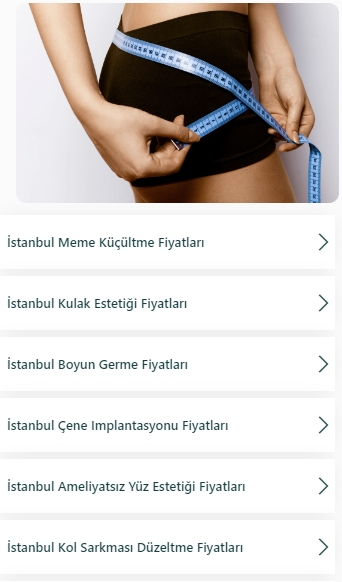
PRP Application in Gynecology
- PRP Application in Gynecology
- What is PRP?
- How is PRP Prepared?
- Application Areas of PRP in Gynecology
- Safety and Side Effects of PRP Application
- Advantages of PRP Therapy
- Conclusion
In recent years, Platelet Rich Plasma (PRP) application has been gaining popularity in the field of gynecology. PRP therapy is an innovative method that provides effective results in the treatment of many gynecological issues. In this article, I will detail what PRP is, how it is applied, the conditions it is used for, and the important points my patients should know about this treatment.
What is PRP?
Platelet Rich Plasma (PRP) is a plasma solution obtained from the patient's own blood, containing a high concentration of platelets. Platelets contain growth factors and proteins that play a significant role in the body's natural healing processes. In PRP therapy, these platelets are concentrated and injected into the area to be treated, thus accelerating the healing process and promoting tissue regeneration.
How is PRP Prepared?
The preparation of PRP is a simple and minimally invasive process. Here is the step-by-step PRP preparation and application process:
- Blood Collection: First, we draw a small amount of blood (approximately 10-20 ml) from the patient's arm vein.
- Centrifugation: The collected blood is processed in a special centrifuge device. During this process, the blood components are separated, allowing us to obtain platelet-rich plasma.
- PRP Injection: The obtained PRP is injected into the area to be treated using a fine needle. This procedure is usually performed under local anesthesia to ensure patient comfort.

Application Areas of PRP in Gynecology
PRP therapy is a method we use for various issues in the field of gynecology. Here are some areas where we use PRP in gynecology:
- Vaginal Rejuvenation and Laser Treatments:
- Vaginal Dryness and Atrophy: Vaginal dryness and atrophy are common in postmenopausal women or postpartum periods. PRP therapy helps rejuvenate and moisturize the vaginal tissue.
- Lichen Sclerosus: This chronic skin condition causes itching and discomfort in the vulva area. PRP therapy helps alleviate symptoms by rejuvenating the skin tissue.
- Ovarian Rejuvenation:
- Decreased Ovarian Reserve: Decreased ovarian reserve is a common issue, especially in older women. PRP therapy supports ovarian function and can enhance fertility.
- Polycystic Ovary Syndrome (PCOS): PRP reduces inflammation associated with PCOS and improves ovarian function.
- Infertility Treatments:
- Endometrial Problems: A thin endometrial lining can make it difficult for an embryo to implant. PRP therapy helps thicken the endometrium and increases the chances of embryo implantation.
- Recurrent Pregnancy Loss: PRP promotes the regeneration of uterine tissues, helping to prevent pregnancy loss.
- Sexual Dysfunction:
- Decreased Sexual Pleasure: We use PRP therapy to enhance sexual pleasure and improve orgasmic functions.
- Dyspareunia (Painful Intercourse): PRP helps renew vaginal tissue, contributing to the alleviation of painful intercourse issues.
Safety and Side Effects of PRP Application
Since PRP therapy is a natural treatment obtained from the patient's own blood, it is generally safe. However, like any medical procedure, PRP therapy has some potential side effects and risks. These side effects may include mild pain, swelling, and bruising after the procedure. These symptoms usually subside quickly, and serious side effects are rare.
Advantages of PRP Therapy
PRP therapy has many advantages:
- Natural and Safe: Since PRP is obtained from the patient's own blood, the risk of allergic reactions is low.
- Rapid Healing: PRP accelerates the body's natural healing processes, providing faster results.
- Minimally Invasive: PRP therapy can eliminate the need for surgical intervention in some cases.
- Versatile Use: PRP is widely used in many fields, including orthopedics, dermatology, and aesthetics, in addition to gynecological issues.
Conclusion
PRP therapy is an effective and safe method for treating many issues in the field of gynecology. It is a method we have achieved successful results in areas such as vaginal rejuvenation, infertility treatment, sexual dysfunction, and ovarian rejuvenation. It is important for patients to be properly informed about PRP therapy and to manage their expectations.
Wishing you healthy days...

Dr. Zehra Yılmaz
Assistant Professor, Obstetrics and Gynecology Specialist





